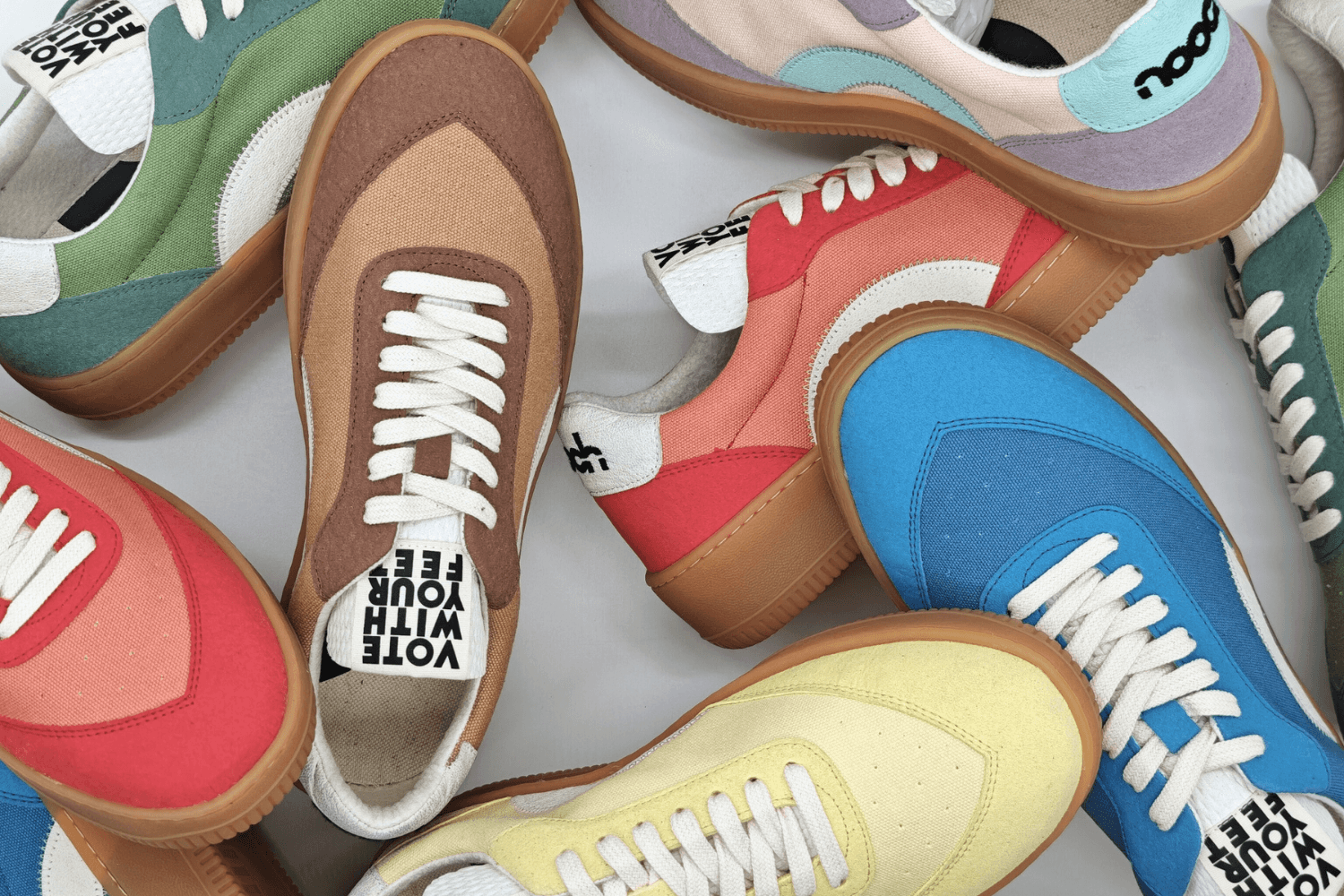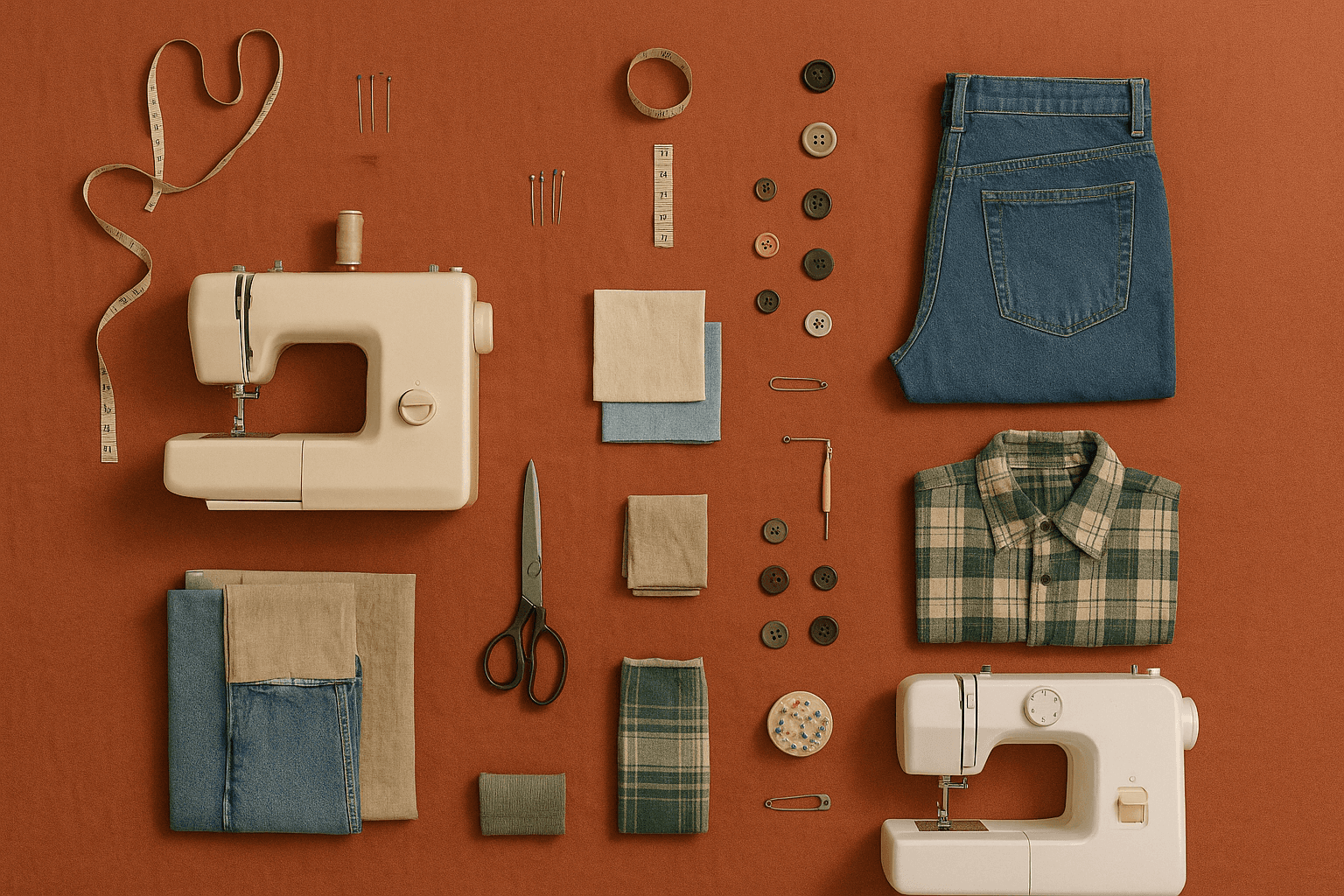Let’s start by unpacking the term itself. “Second-hand” typically means the shoes were previously owned—but that doesn’t necessarily mean they’re old, damaged, or dirty. In fact, second-hand sneakers can range from barely worn to vintage gems, limited-edition releases, or restored pieces with a whole new life.
 Image source Nike Move to Zero
Image source Nike Move to Zero
In sneaker culture, terms like “deadstock,” “VNDS” (very near deadstock), or “pre-loved” help clarify the condition and context of resale. Some are resold because they didn’t fit. Others are flipped for profit. Some are simply passed on because tastes changed.
But is buying them a good idea? Let's explore both sides.
An Environmentally Friendly Choice for the Planet
From an environmental perspective, second-hand shopping matters. The fashion industry is responsible for a massive amount of global waste, and footwear plays no small part. Sneakers, often made from a mix of rubber, foam, and plastic, don’t decompose easily.
Buying second-hand gives sneakers a second life. It reduces the demand for new production, keeps shoes out of landfills, and lowers your carbon footprint. It’s one of the simplest ways to practice circular consumption.
 Image source Meruyert Gonullu
Image source Meruyert Gonullu
But it’s not just about sustainability. It’s about style. Vintage sneakerheads know the thrill of finding a rare pair from the ‘90s or early 2000s. Each pair has a story, a history, and a character that can’t be replicated.
There’s something cool about wearing shoes with a past—especially when they’re no longer in stores, follow our guide to shopping second hand sneakers.
And let’s not forget the price factor. Not everyone can afford to buy the latest Jordans or Yeezys at retail—let alone inflated resale prices. Second-hand options make sneaker culture more accessible and democratic. Read here for our guide on seling your secondhand sneakers.
What about Hygiene, Quality and Value?
Of course, second-hand isn’t for everyone.
Some see new sneakers as a symbol of progress, reward, or luxury. They prefer the feeling of unboxing something fresh, knowing no one else has worn it. There’s no shame in that either. Wanting quality, comfort, or a status symbol is human.
Some people are put off by the idea of wearing used shoes—especially if they’ve been visibly worn. Concerns about foot hygiene, smell, and wear-and-tear are valid. Even with cleaning, there’s still a mental barrier for some.
 Image source Omotayo Samuel
Image source Omotayo Samuel
There’s also the issue of quality over time. Sneakers lose their cushioning, shape, and grip as they’re used. Depending on the brand and age, a pair might look great but offer poor support. For athletes or anyone needing high-performance footwear, used might not cut it.
The Bigger Picture: Culture, Identity and Conscious Choices
Why do people buy second-hand sneakers? Beyond money or style, it’s about choice.
Some want to express themselves differently, finding unique pairs that stand out from the crowd. Others want to reduce their environmental impact and embrace a slower, more intentional way of consuming. For them, second-hand goes beyond the trend, it has become a lifestyle and shift in mindset.
Second Hand, Second Life
As humans, we’re naturally drawn to the allure of newness—the thrill of unboxing something we’ve long desired. That dopamine-fueled moment, much like opening a gift, taps into a deep emotional response. While undeniably satisfying, this craving for the “new” can become addictive—and on a global scale, it’s proving to be environmentally costly.
 Image source Sugar jet
Image source Sugar jet
Fortunately, there are more conscious alternatives that don't sacrifice the excitement of the unboxing experience. Many forward-thinking brands are now reselling deadstock inventory and offering refurbished sneaker programs. These solutions allow consumers to enjoy the anticipation of receiving a fresh package—just with a significantly lighter environmental footprint than buying brand-new sneakers.
Next time you are looking for new shoes to buy, consider buying second-hand shoes!
You might also be interested in these related reads:
How Refurbished Sneakers Offer a Sustainable Option >>
The Ultimate Guide: How to Sell Your Second-Hand Sneakers >>
What does “second-hand” mean for sneakers?
It means the shoes were previously owned—but not necessarily worn out. Some are nearly new, vintage, or even collectible.
Is it good for the environment?
Absolutely. Buying second-hand reduces demand for new production, keeps shoes out of landfills, and lowers your carbon footprint.
Are second-hand shoes hygienic?
With proper cleaning and care, yes—but some people still prefer new for personal comfort or performance reasons.









